The latest casualty from the effects of California’s new $20 minimum wage increase for fast food workers is a longstanding McDonald’s franchise that had been in operation for over 30 years.
In an interview with ABC, franchise owner Scott Rodrick described the decision to close his restaurant as “gut-wrenching.”
Closing Statement
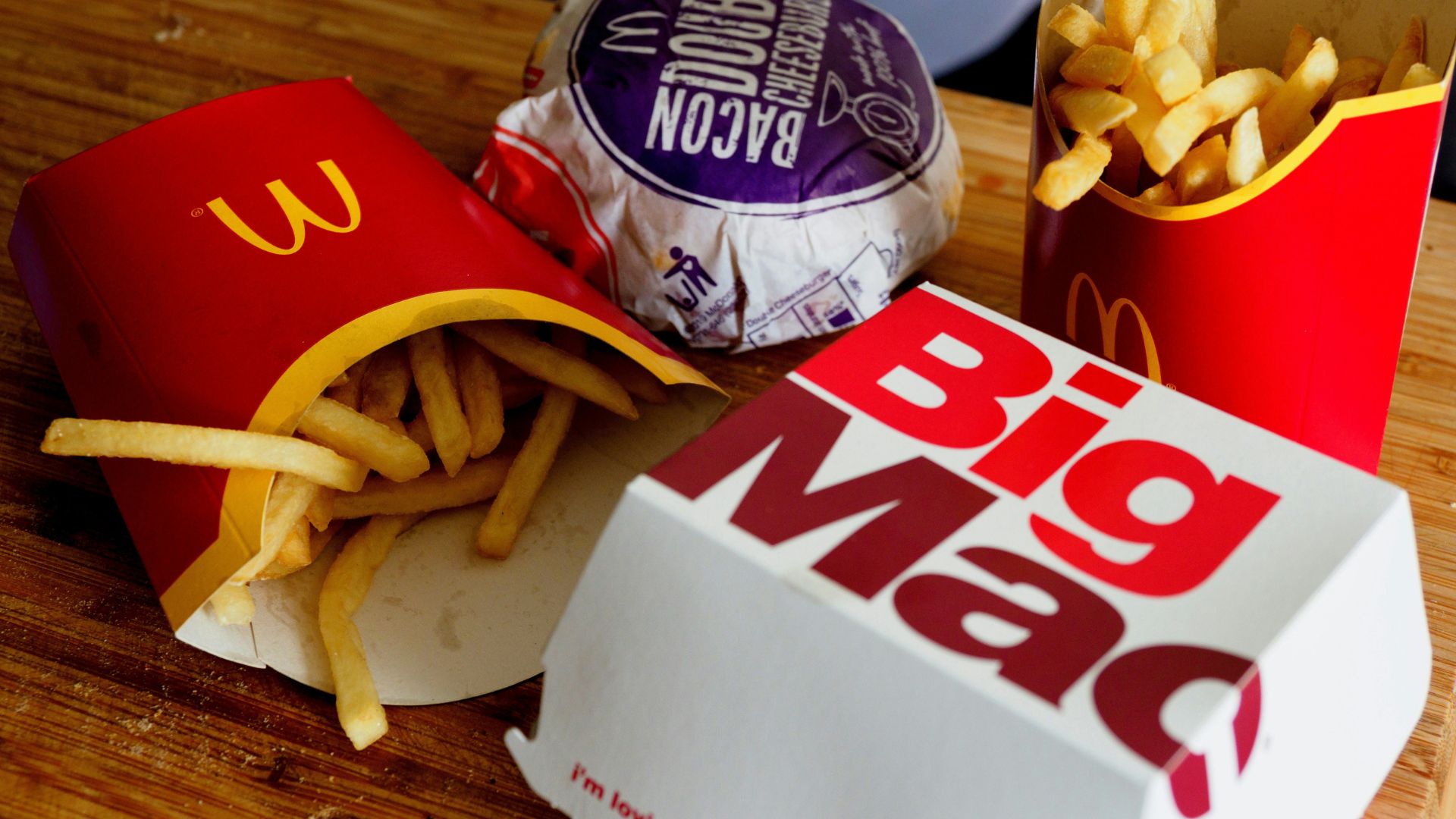
In a statement, Rodrick confirmed the decision to close down the McDonald’s at Stonestown Galleria shopping mall in San Francisco.
“It has never been as challenging in my 30 years of owning a franchise in California as it is today,” Rodrick said.
Two Factors

According to Rodrick, there were two main factors that contributed to the store’s closure. One was a landlord dispute over “sensible” long-term rent at this location.
The other was soaring costs to operate, including California’s new $20 minimum wage, which he described as “an extraordinary headwind against operating a successful, family owned business.”
Message to Customers
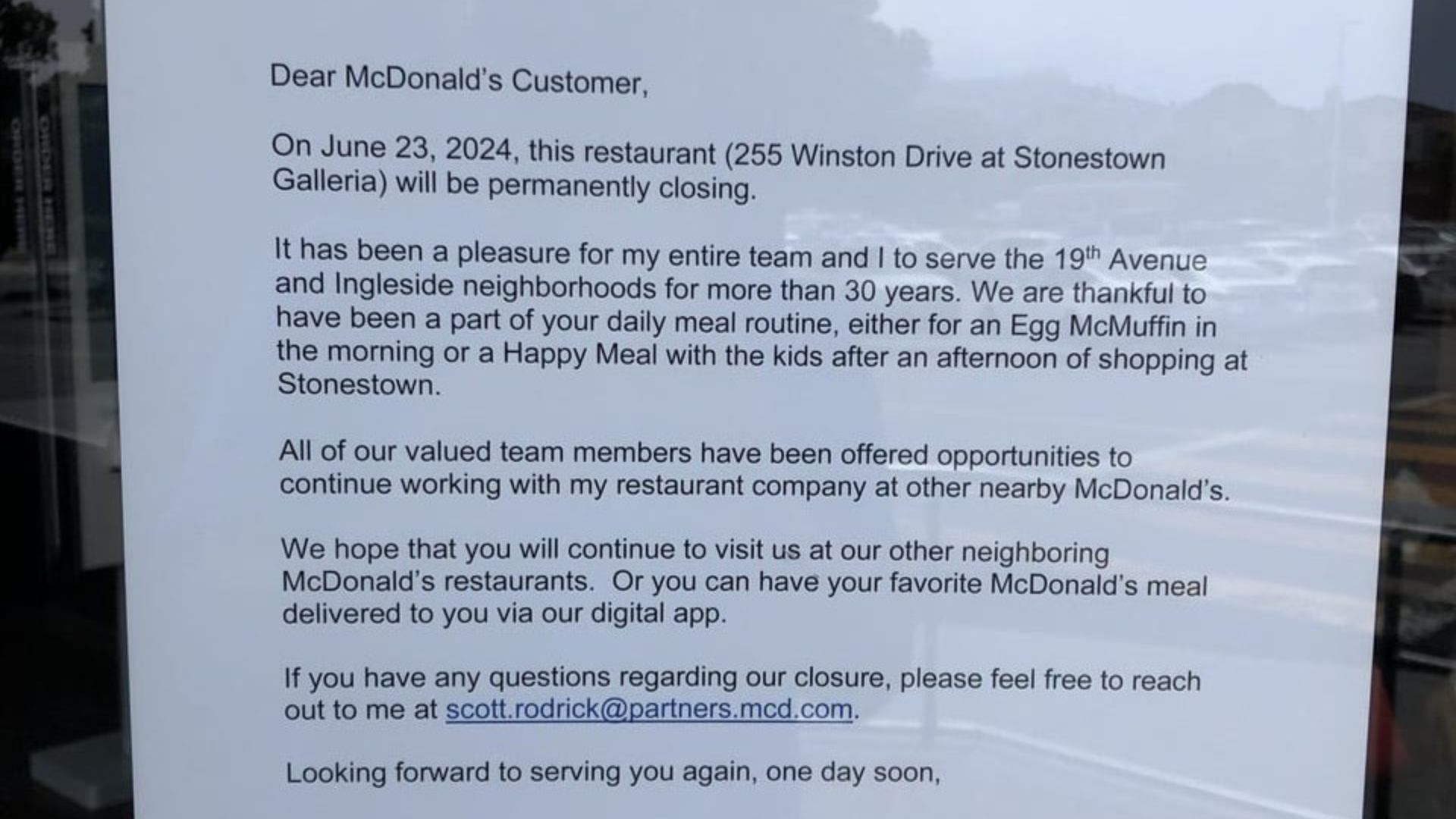
A sign posted to the doors of the McDonald’s building informed prospective customers of the recent closing.
“Dear McDonald’s Customers, on June 23, 2024, this restaurant (255 Winston Drive at Stonestown Galleria) will be permanently closing…It has been a pleasure for my entire team and I to serve the 19th Avenue and Ingleside neighborhoods for more than 30 years,” the sign read.
Bad Day
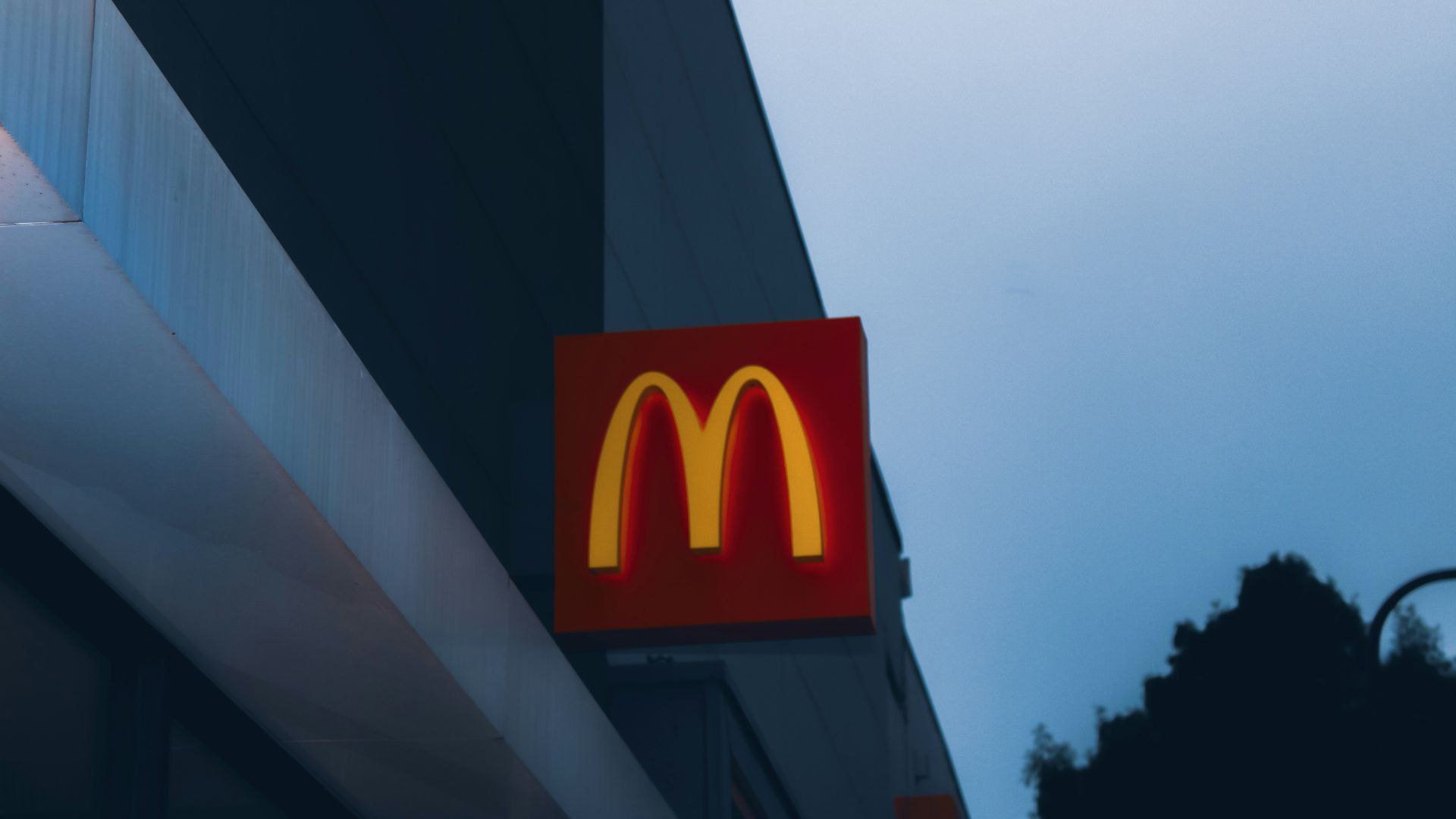
Speaking to ABC News, Rodrick felt that “This is a gut-wrenching day for my family.” He told ABC that all of his former employees will be offered jobs at other nearby locations and that most of them will likely remain McDonald’s employees.
Rodrick said that the cost to operate his business has continued to accelerate at historic levels and that this strain on his finances was impacted by California’s $20 minimum wage mandate.
Minimum Wage Law
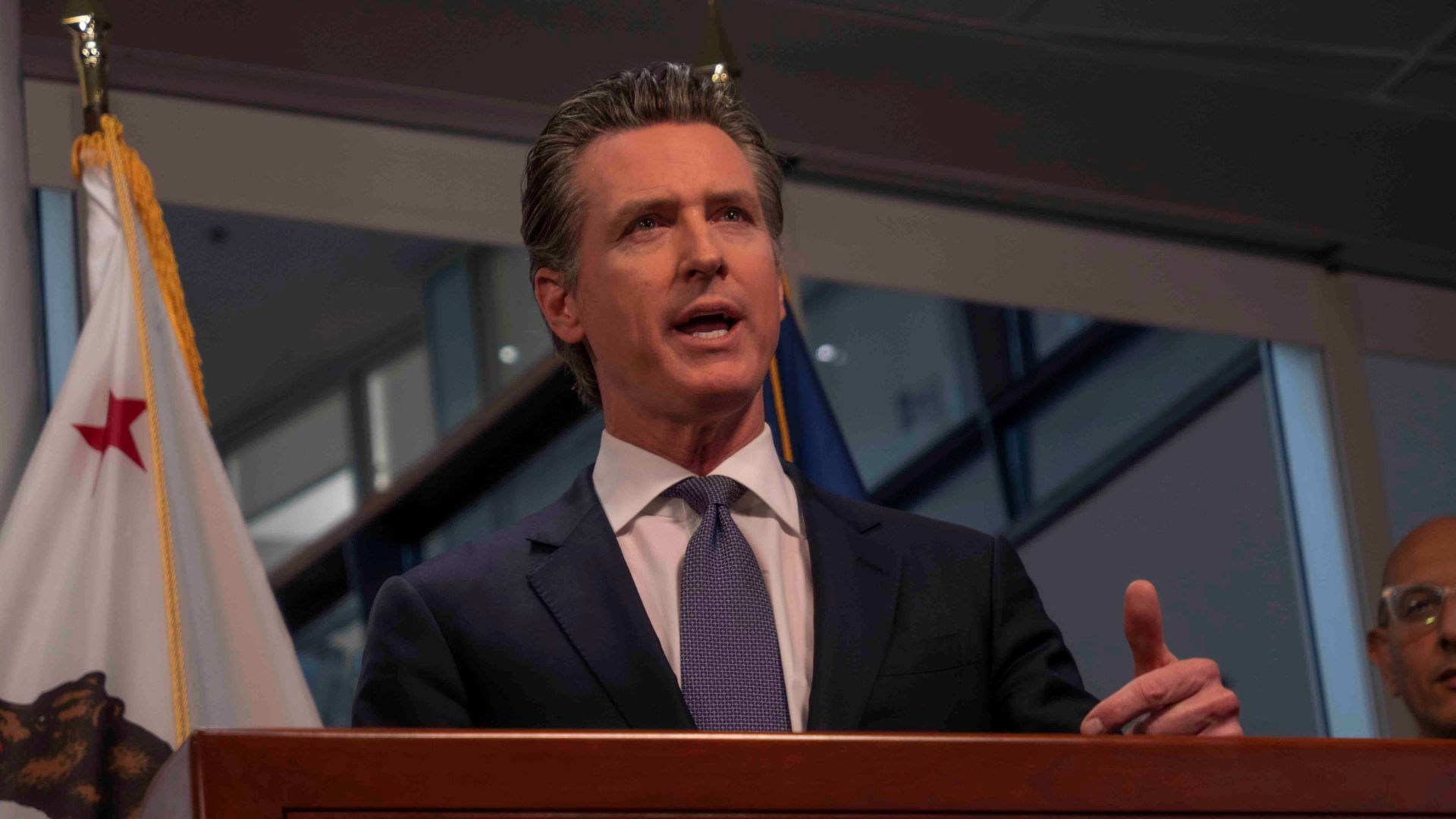
Last September, California Governor Gavin Newsom signed AB 1228 into law, which would raise the hourly wage for fast food workers who meet certain requirements to $20 an hour.
This increase went into effect in April of this year and raised the rates of employees of fast-food chains that have 60 or more locations nationwide.
Affecting Small Business Owners
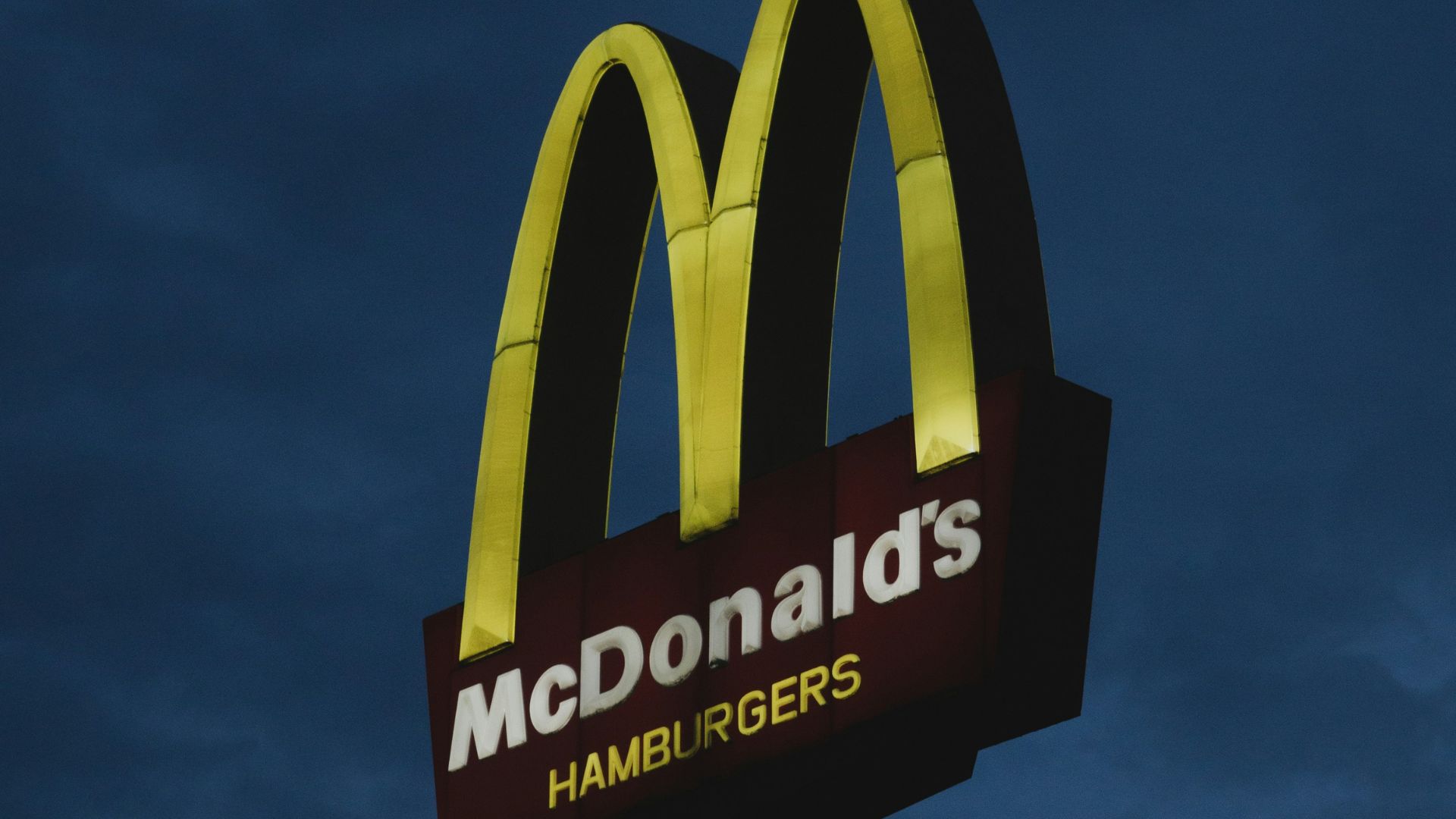
While the intent behind the fast food law seems to have been to target large corporations who might be able to more easily pay increased labor costs, the reality is that many of these large chains are owned by franchise owners, who run the business themselves like Rodrick.
According to McDonald’s, 90% of its restaurants are independently owned and operated and have the freedom to set their own prices.
Why is the Minimum Wage Hurting Businesses?
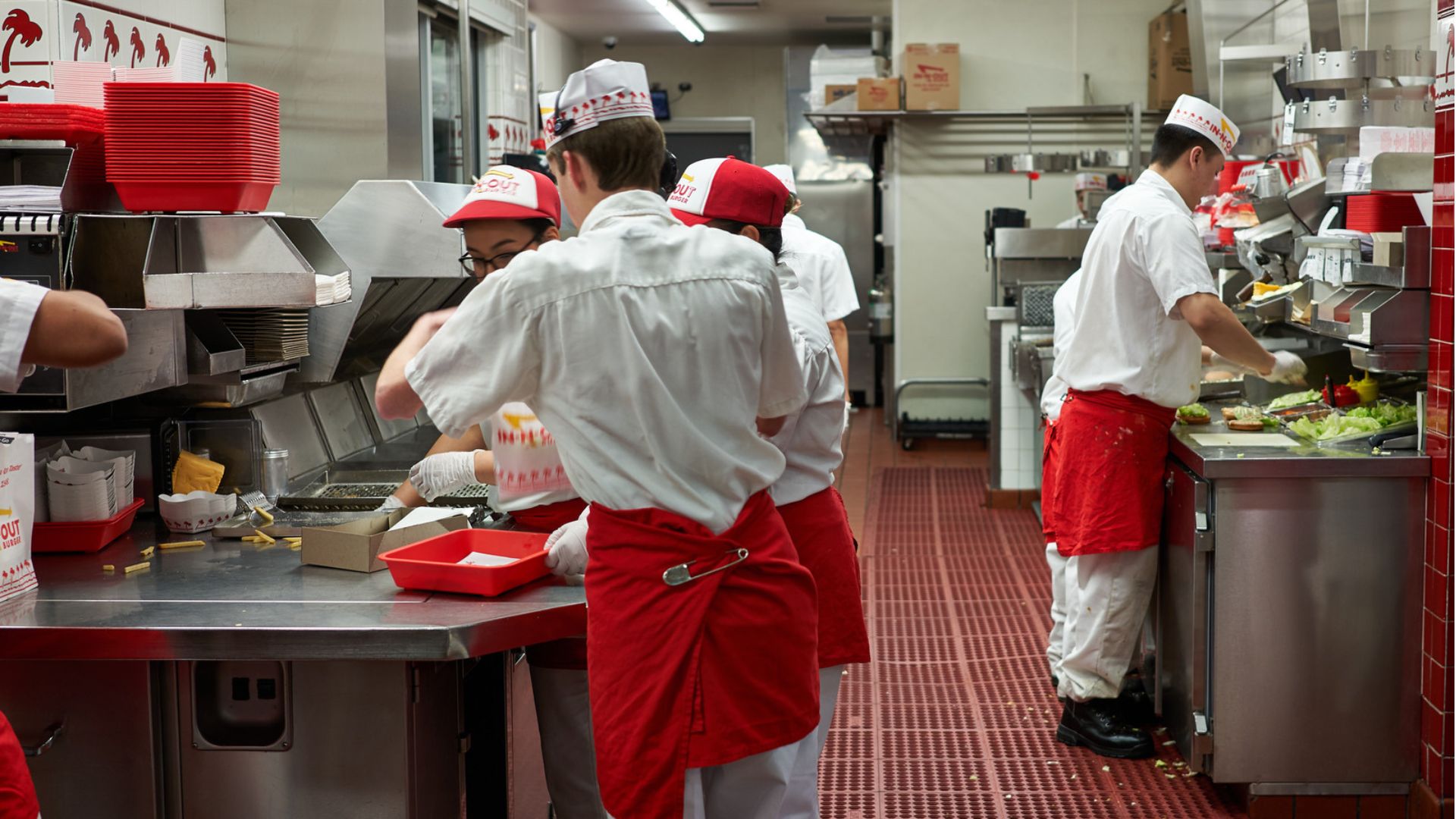
As the country recovers from a period of sustained high inflation that caused many goods and services to cost more, businesses are struggling with tight profit margins.
California’s move to raise labor costs in the way that it did forced businesses to raise prices to compensate, which does not always translate into enough income to cover expenses.
Price Increases
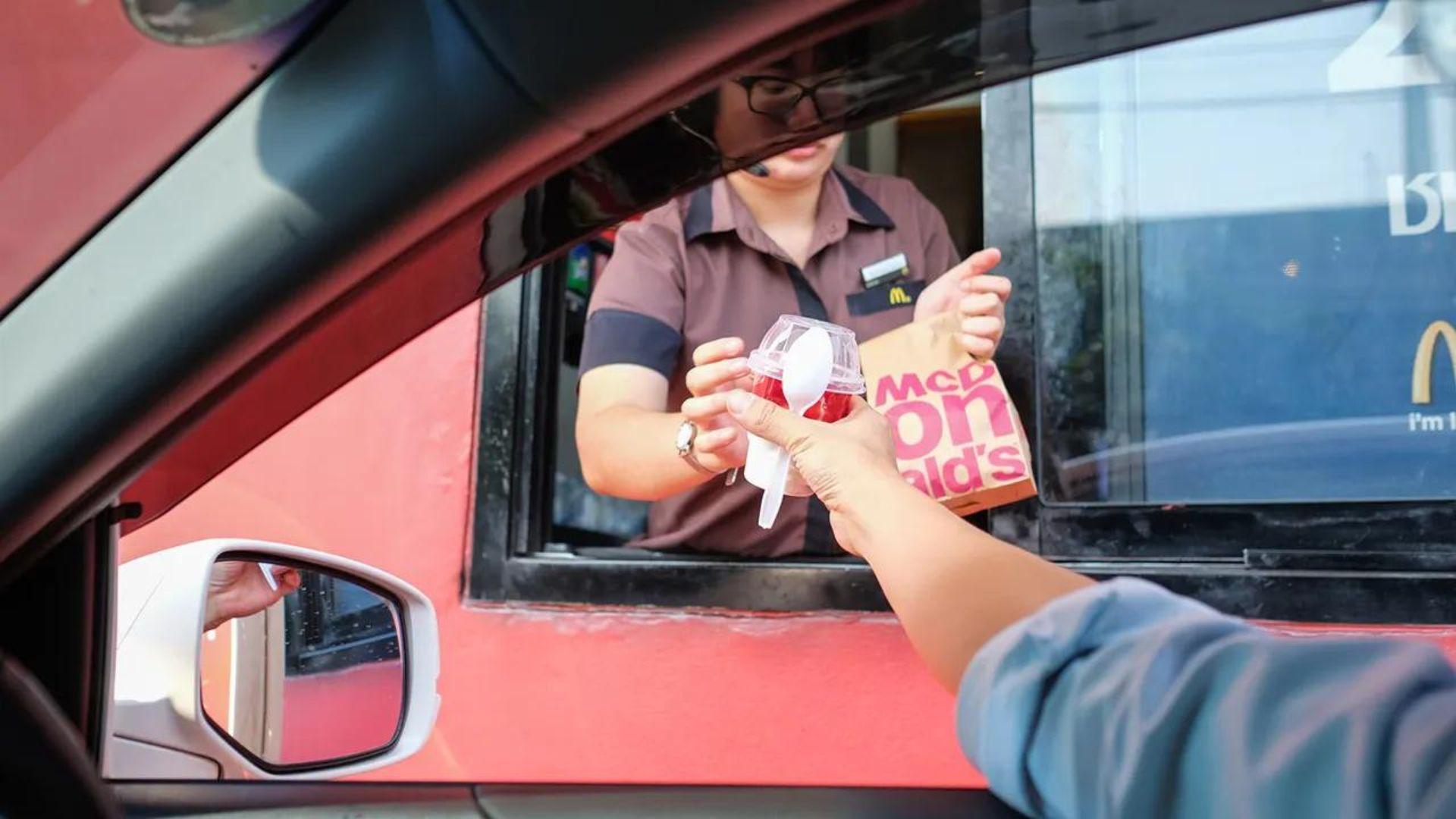
In June, a study by Placer.ai that analyzed the impact of the new law found that fast-food chains have raised menu prices in California between mid-single digit and mid-teen percentages to compensate.
These price hikes give customers sticker shock and undercut the reputation of fast food eateries as a place to get a quick, cheap meal.
Ripple Effect

R.J. Hottovy, head of analytical research for Placer.ai, said this month that the ripple effects of the minimum wage increase are now being seen in the data in the restaurant industry.
“It’s early, but we’re starting to see the ripple effect of the minimum wage increase across the broader restaurant industry,” said Hottovy. “First, we’ve started to see some operators close locations in the state, especially chains that were already facing financial difficulties.”
Closing and Bankruptcies

Many struggling California businesses and chains are making headlines for closing store locations and filing for bankruptcy in the law’s wake. This month Rubio’s Coastal Grill announced plans to close nearly 50 locations in the state and filed for bankruptcy protection, blaming a host of factors including the minimum wage.
“Diminishing in-store traffic attributable to work-from-home practices remaining in place, and by rising food and utility costs that, combined with significant increases to the minimum wage in California, put pressure on a number of its locations,” said the restaurant.
Not Everyone Losing
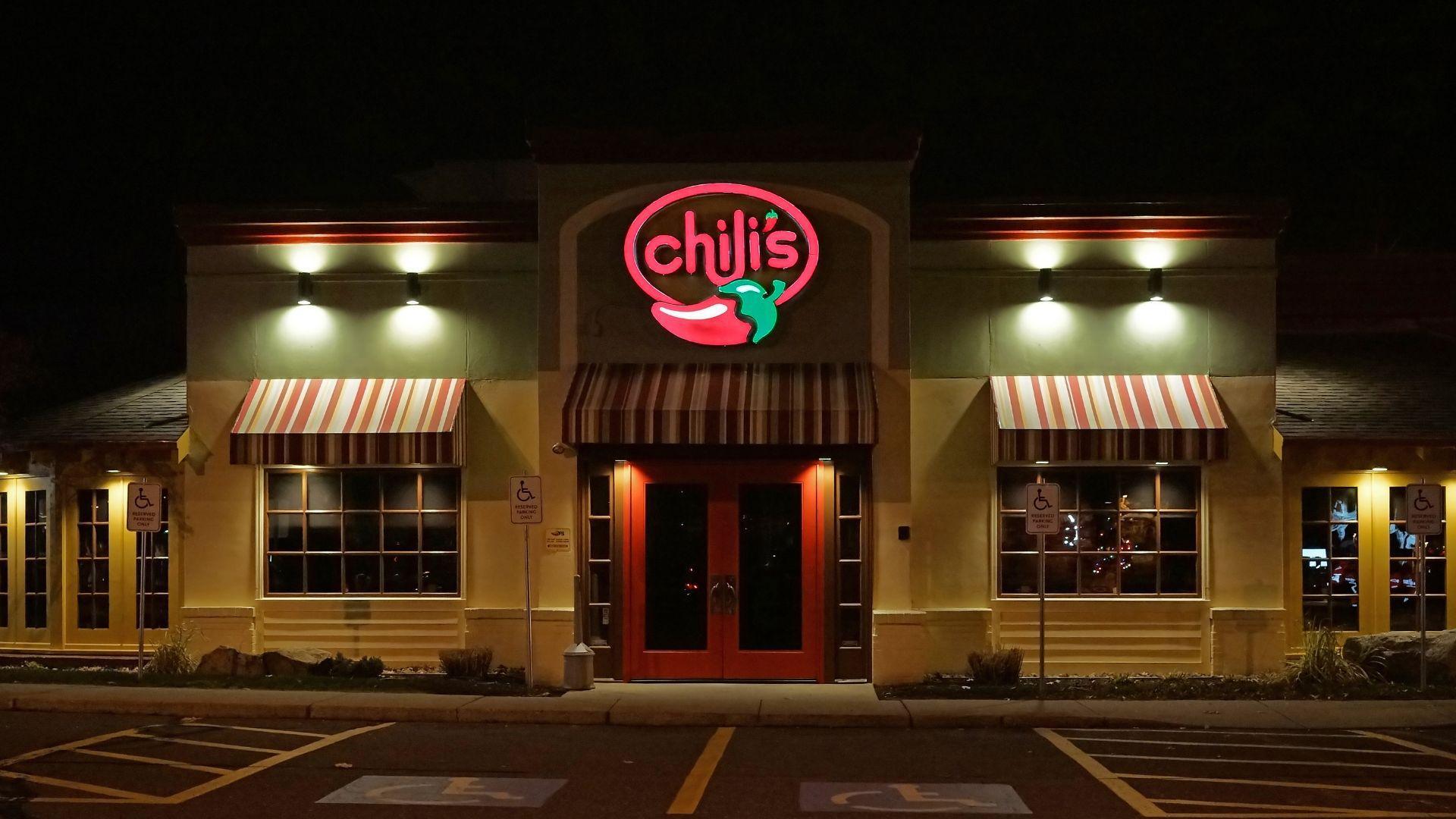
While many businesses are definitely struggling under the new wage increases, there are also stories of restaurant chains thriving.
Data from Placer.ai showed that the chain restaurants Olive Garden and Chili’s have actually outperformed their foot traffic year-over-year.
Competing With Fast Food
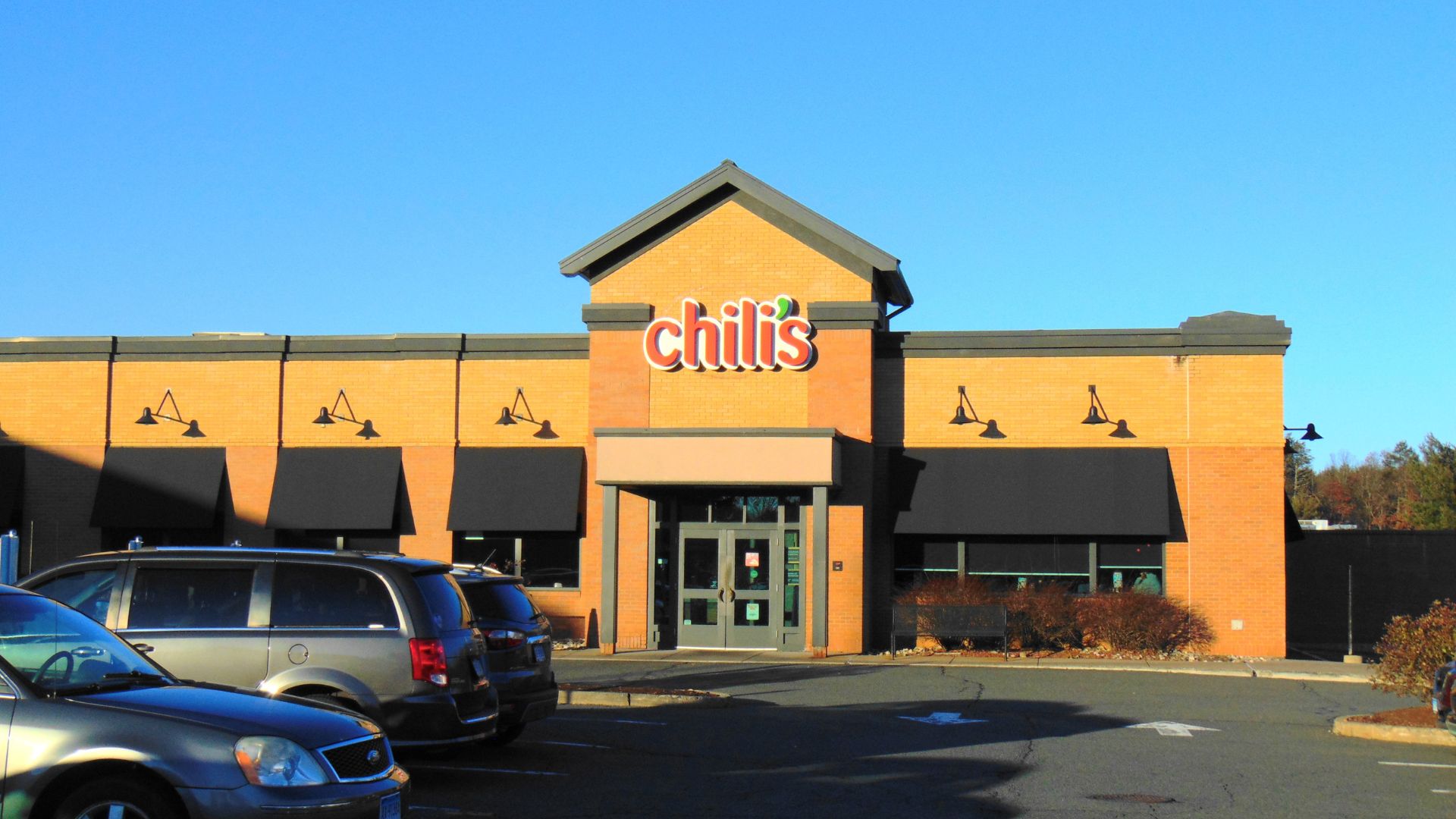
Sit-down restaurants like Chili’s are now in a strange situation where they are competing on price with traditionally cheaper fast food chains like McDonald’s and have been leveraging that advantage in their marketing.
“Don’t forget – you can get a drink, chips and salsa, burger AND fries for $10.99 at Chili’s. ur fav could literally never,” said a Chili’s X post responding to a CNBC news story on the increasing price of fast food restaurants.
Reaction Online

Commenters online reacted to the Stonestown McDonald’s impending closure wondering about the reasons why it was closing despite seeming so busy.
“This is a surprise. That’s a very busy location. Even paying mall rent, I imagine that it’s quite profitable. I wonder if they’re being forced out due to the upcoming mall redevelopment,” said one Reddit user.
Similar Note
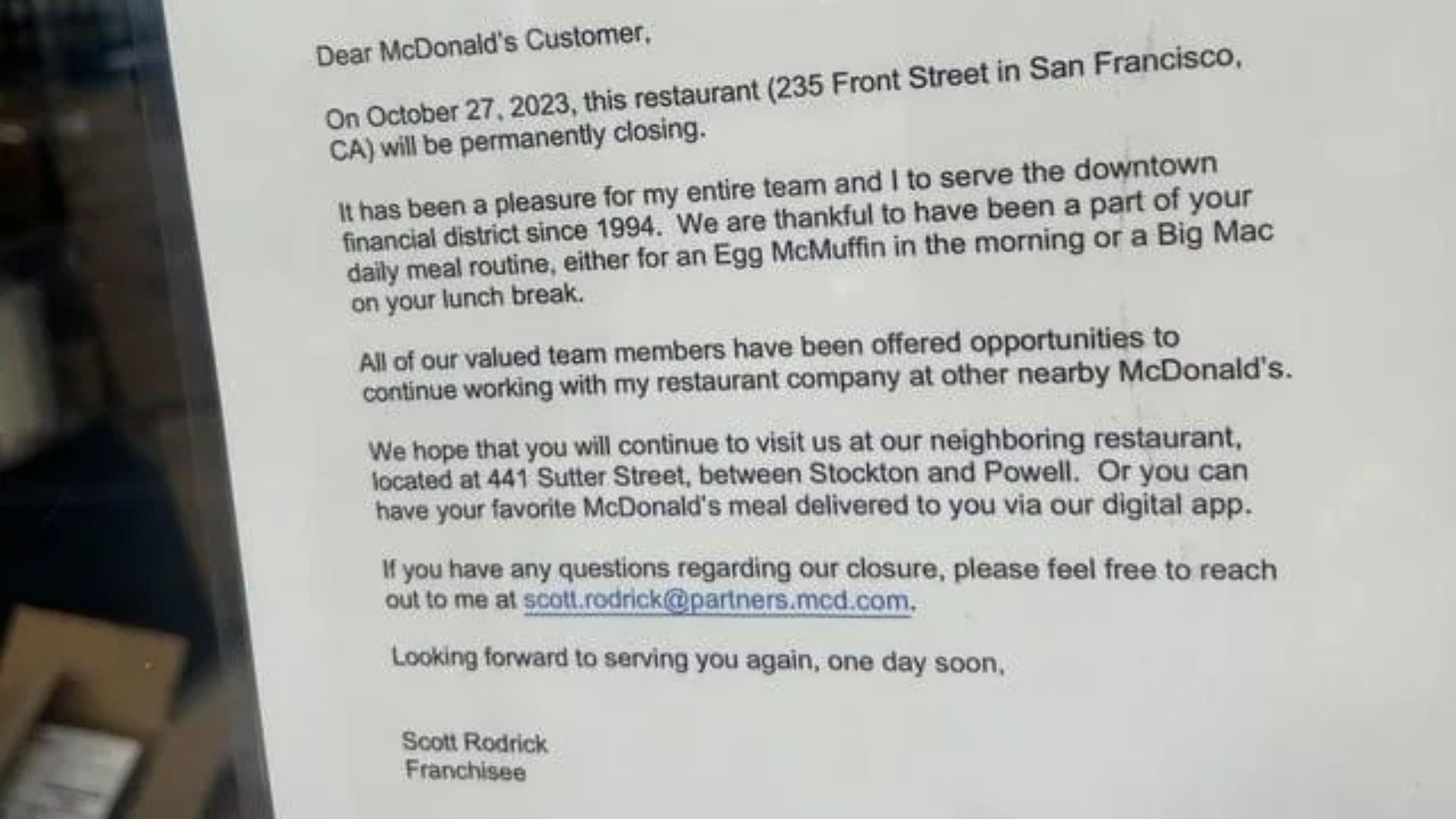
One Reddit user posted another nearly identical note from Rodrick announcing the closure of another location in San Francisco in October 2023.
“It has been a pleasure for my entire team and I to serve the downtown financial district since 1994,” the note for the Front Street location said.
Lack of a Drive-Through
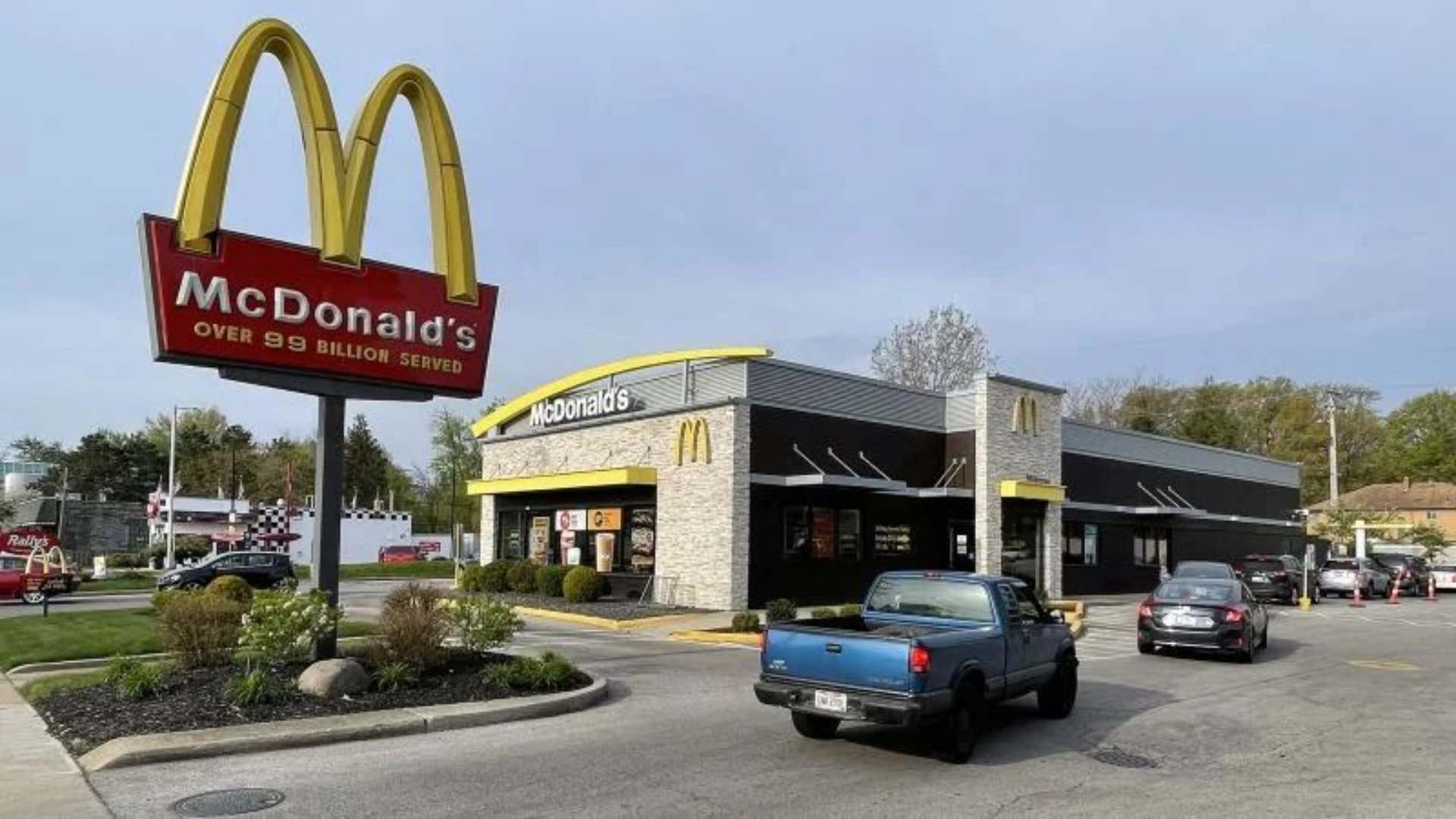
Some online speculated that the lack of a drive-through because of the restaurant’s location in a mall complex could have been a factor in the closing decision.
“Drive throughs have better margins and align with their marketing and app based sales strategy,” said one Reddit user. “This has been the case for literal decades too, I’m surprised that they continue to open non-drive thru locations anymore,” said another user.
Resistance to Drive-Throughs

In recent years, more fast-food companies have switched to drive-through restaurant models because they can be smaller in size and generally require less maintenance. However, there has been resistance from some communities to drive-through restaurants being built as they add more congestion to traffic and can increase the commonality of accidents.
Last year, a Councilman from Atlanta proposed a ban to block new drive-thru restaurants being built near a pedestrian trail in response to deaths and injuries.
Sad Day
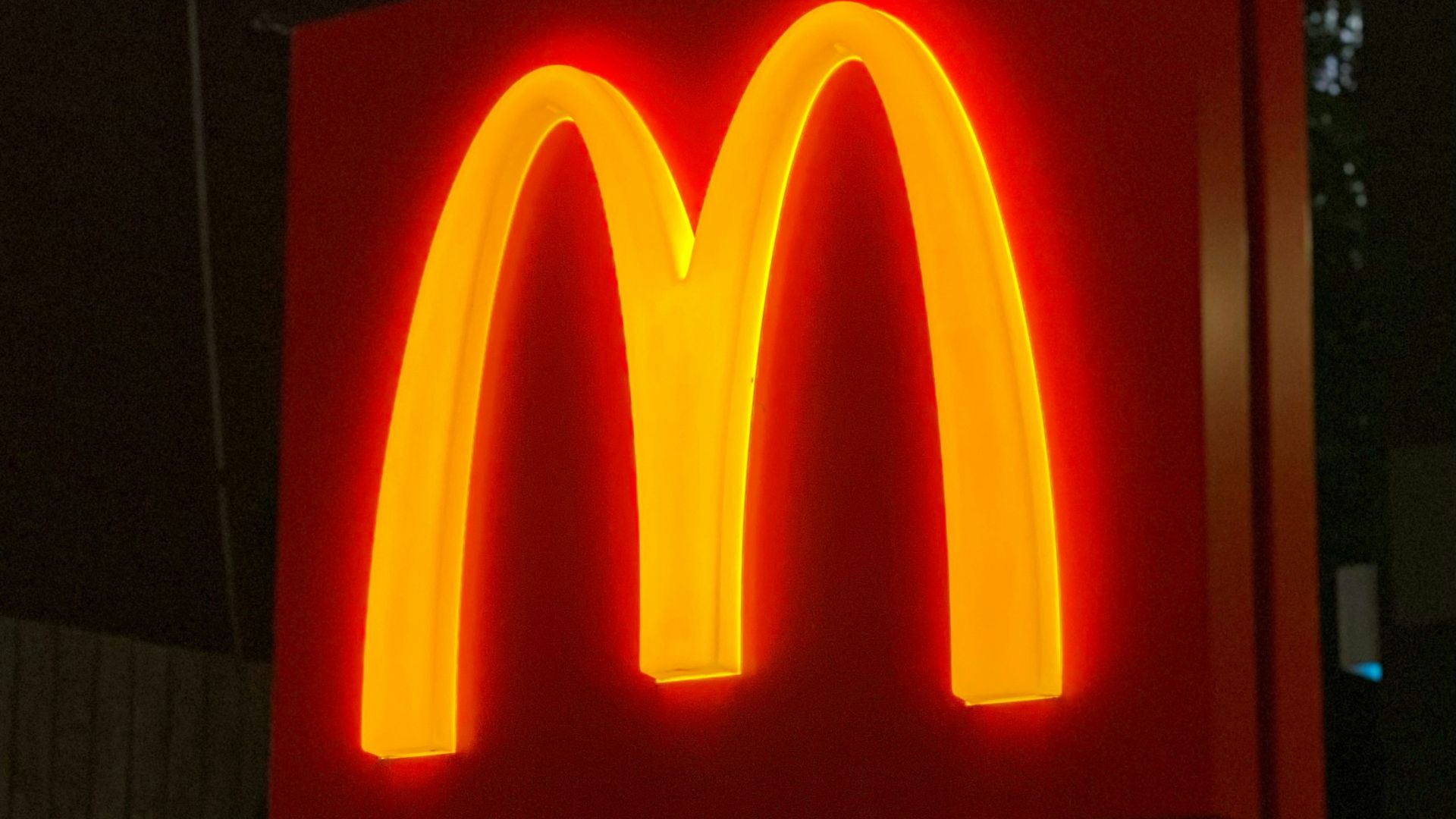
Other commenters lamented the restaurant’s closing, reflecting on all the memories they had made there.
“I have nearly 30 years of memories at this location, back to when it was connected to Petrini’s via that Bank of America corridor. But, McDonald’s is McDonald’s, so not much lost. It hit harder when Chevy’s bounced out,” said one Reddit user.
Price Resistance
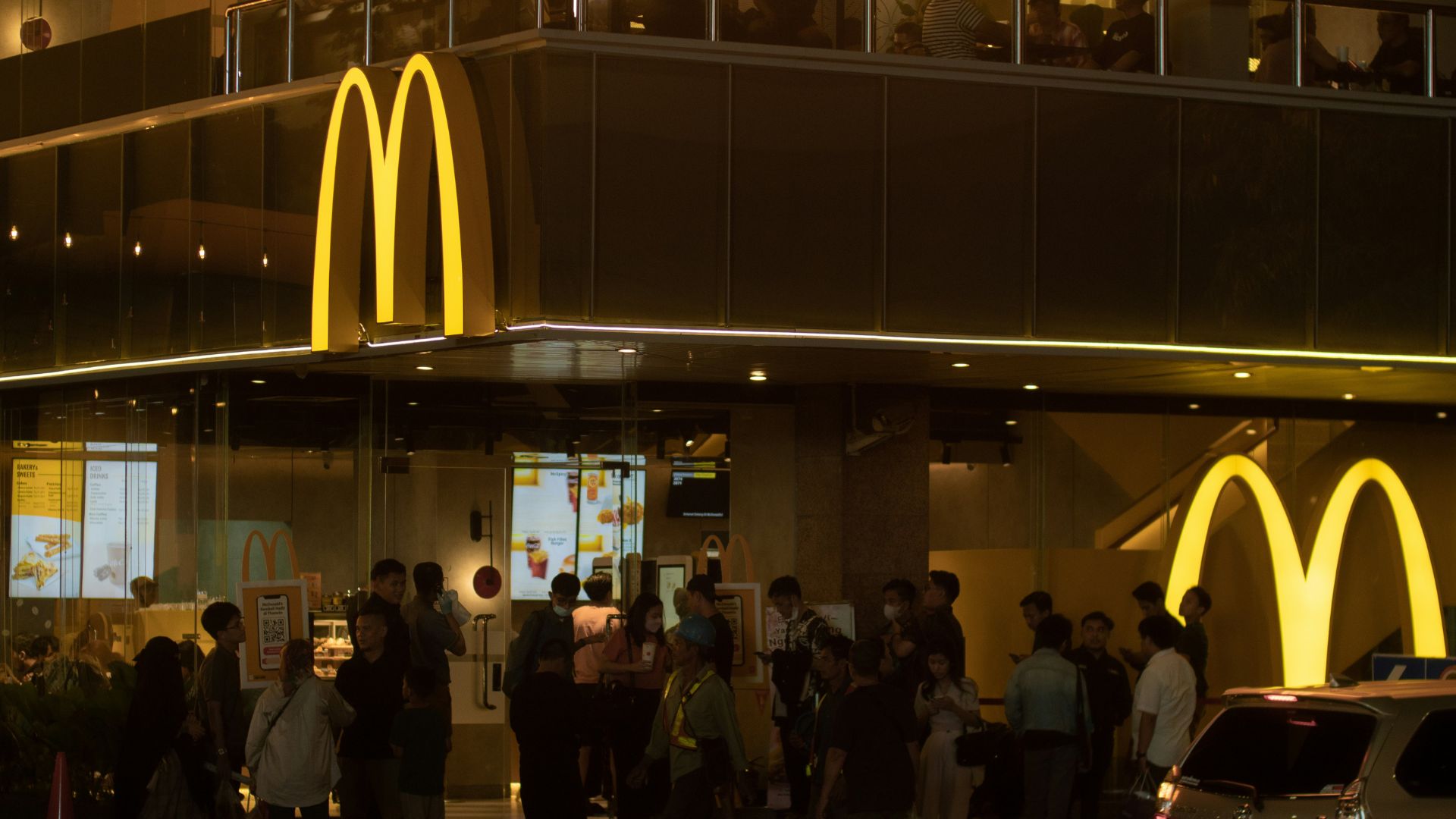
A commonly shared sentiment among those reacting to the closing was the rapid increase in prices observed in recent years.
“I’ve owned McDonald’s stock for 20 years. It’s always been guaranteed profit. I realized it’s time to sell when a Big Mac meal hit $16.00. The food has always been sh*tty, quick and cheap, and we accepted that. Now it’s still sh*tty, and quick, but I’m not the only one in my circle of friends who feels priced out. Mark my words, a lot of McDonald’s are going to be closing, or at the very least, their expansion will halt,” one Reddit user said.
McDonald’s Price Increase
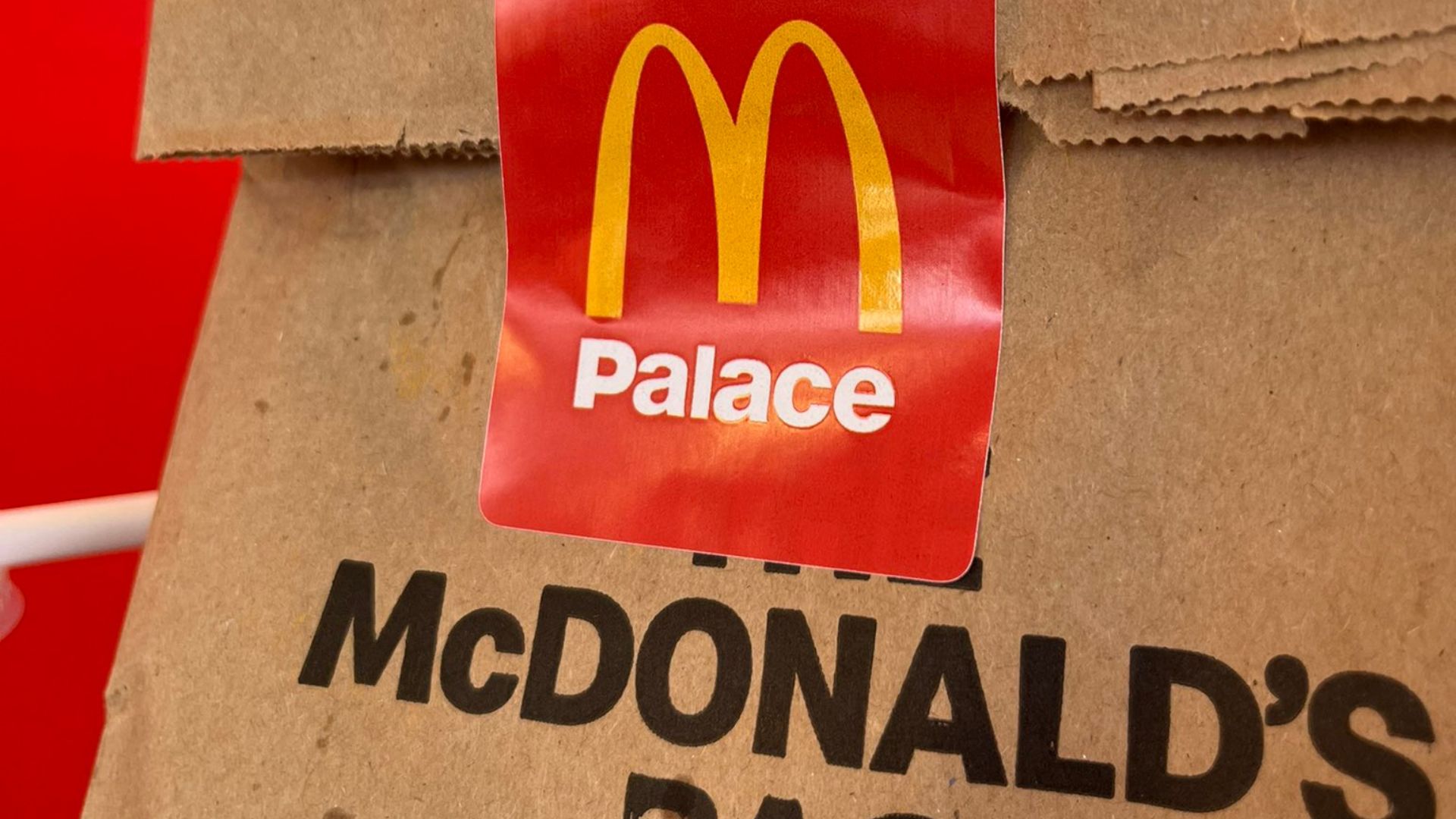
A study reported on by the New York Post in April found that McDonald’s menu prices have more than doubled over the past decade and have risen at a rate three times faster than US inflation.
However, McDonald’s disputed the figures in the report with a spokesperson saying “As the report itself notes, pricing is set by individual franchisees and varies by restaurant. This is not an accurate representation of historical or current pricing at McDonald’s restaurants, and the 2024 average prices listed are significantly inflated.”
Fast Food Prices Rising in General

While McDonald’s in the study stood out for the size of its price increases, eating out at a fast food restaurant in general has become more expensive in the United States.
The study also found that between 2014 and 2024, average menu prices have risen between 39% and 100%, all of which outpace the rate of United States inflation.
Why are Fast Food Prices Rising?
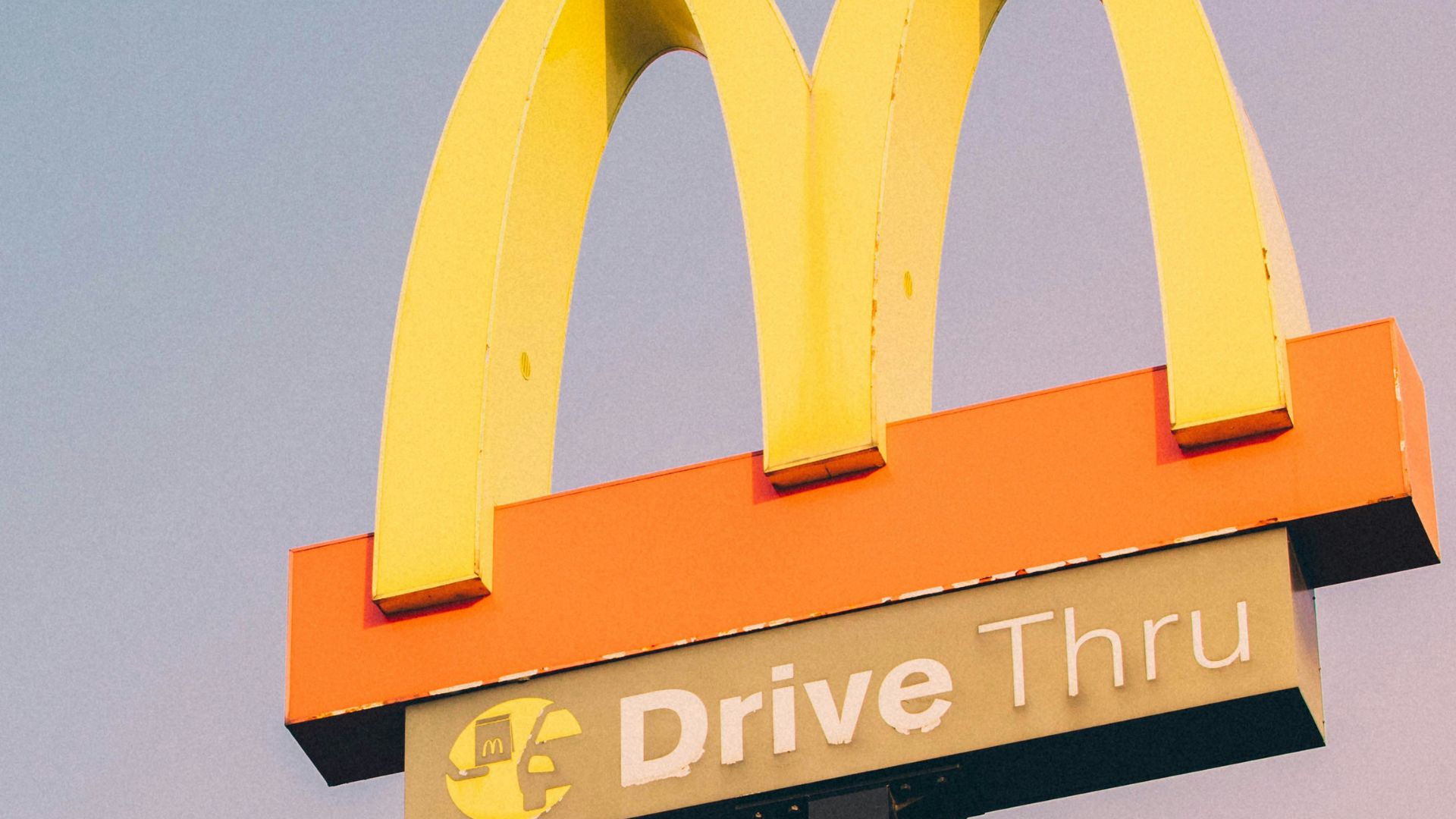
While there are many factors that can contribute to the increase in costs, experts primarily blame a spike in commodity costs, and more critically an increase in labor costs.
“There were increased commodity costs. We’ve seen those start to normalize,” said Stephens analyst Jim Salera. “But what continues to be ahead of historical averages is the increase in labor costs that restaurants are seeing.”
Passing Costs to Customers

As states like California and others continually push to raise the minimum wage for workers, companies have to offload those costs onto their customers by raising menu prices.
At the beginning of this year, twenty-two states increased their minimum wages, which resulted in pay increases for 10 million American workers.
High Minimum Wage
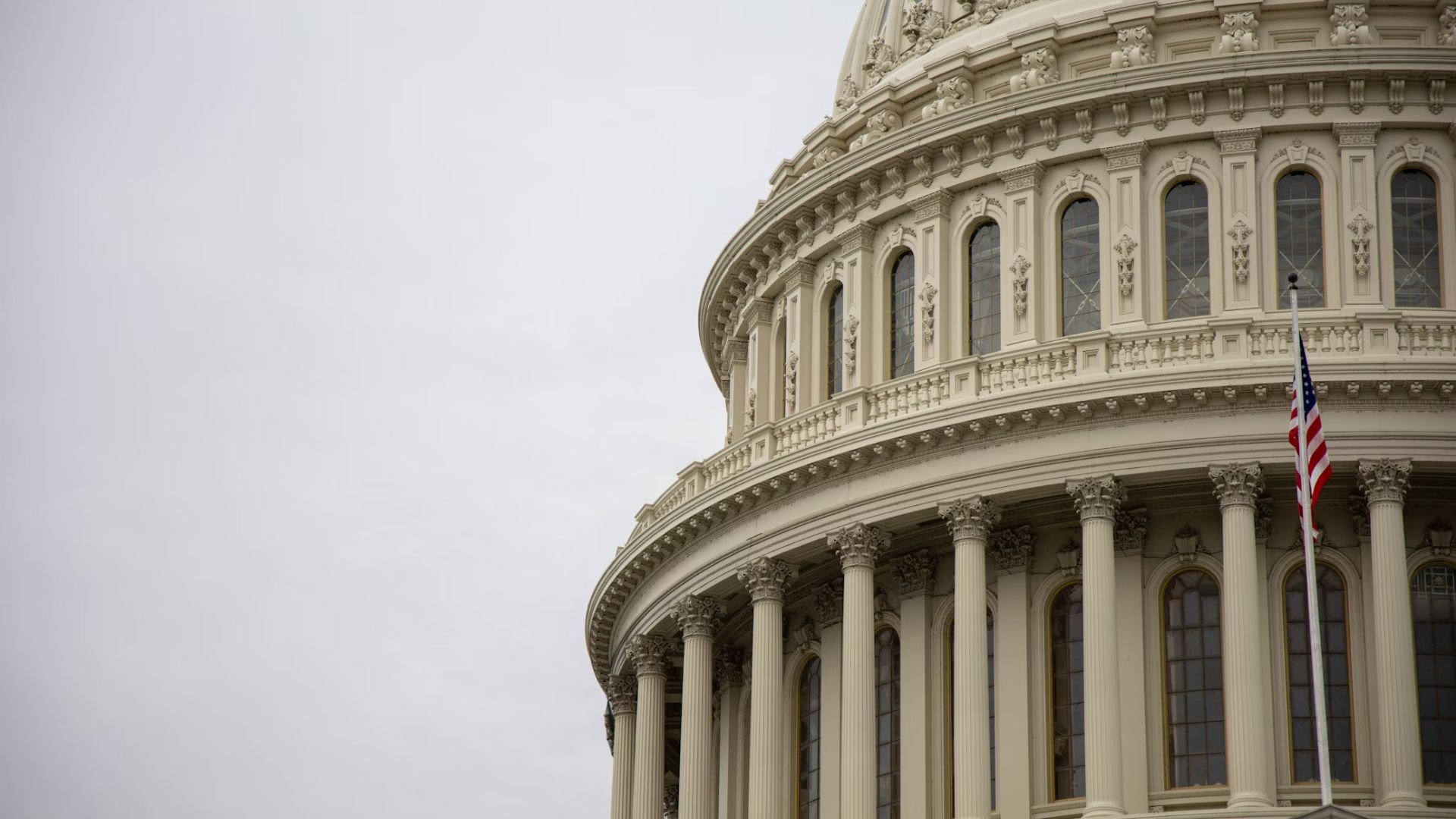
Currently, California has one of the highest rates paid to certain fast-food workers at $20 an hour, though there are several areas that have their minimum wages near or exceeding $16 an hour. These places include Washington, the District of Columbia, Connecticut, and New York City.
At the moment, 30 states have their minimum wage set higher than the required federal minimum wage.
